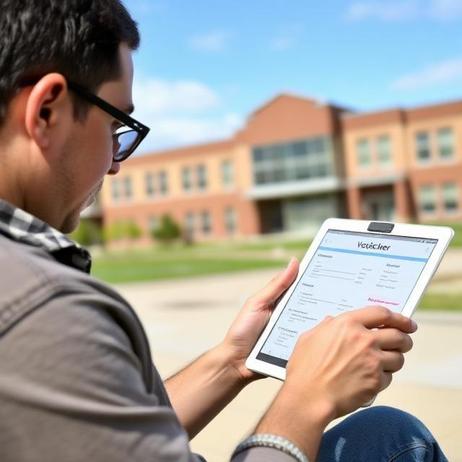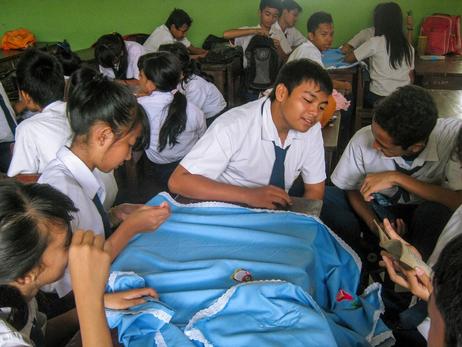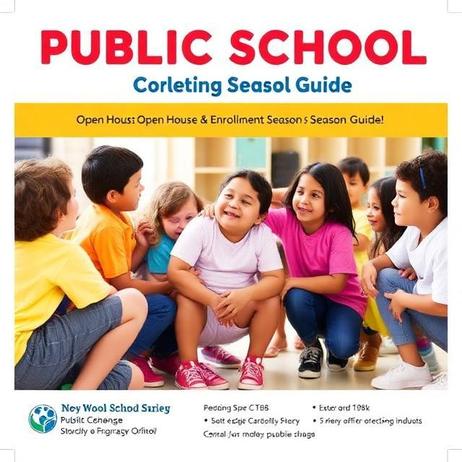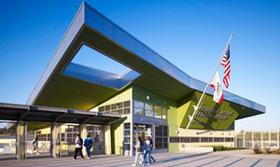School Vouchers: Pros and Cons (2025 Update)
School vouchers remain one of the most polarizing education policy debates in the United States. Advocates describe them as a powerful tool for expanding parental choice and improving educational opportunities. Critics argue voucher programs divert essential funds from public schools, exacerbate inequities, and lack evidence of consistent academic gains. This 2025 update of School Vouchers: Pros and Cons preserves the original structure and style of the foundational article while integrating the latest data, policy developments, research insights, and real-world examples that matter for families, educators, and policymakers today.
What Are School Vouchers?
School vouchers are publicly funded scholarships that allow families to use a portion of the funds typically allocated to public schools toward tuition at private schools, including religious, secular, and alternative options. In some states these take the form of traditional vouchers; in others, they operate through education savings accounts (ESAs). Participation and program design vary widely by state and locality. According to EdChoice, there are currently 23 voucher programs in 15 states plus Washington, D.C. and Puerto Rico, with an estimated about 350,000 voucher recipients nationwide in 2024–25.
Voucher advocates argue this model empowers families with more educational choice and stimulates competition that could improve all schools. Opponents warn voucher programs dilute public school funding and produce mixed results for student outcomes. Researchers and advocacy organizations remain sharply divided on evidence supporting these claims.
National Scope






















